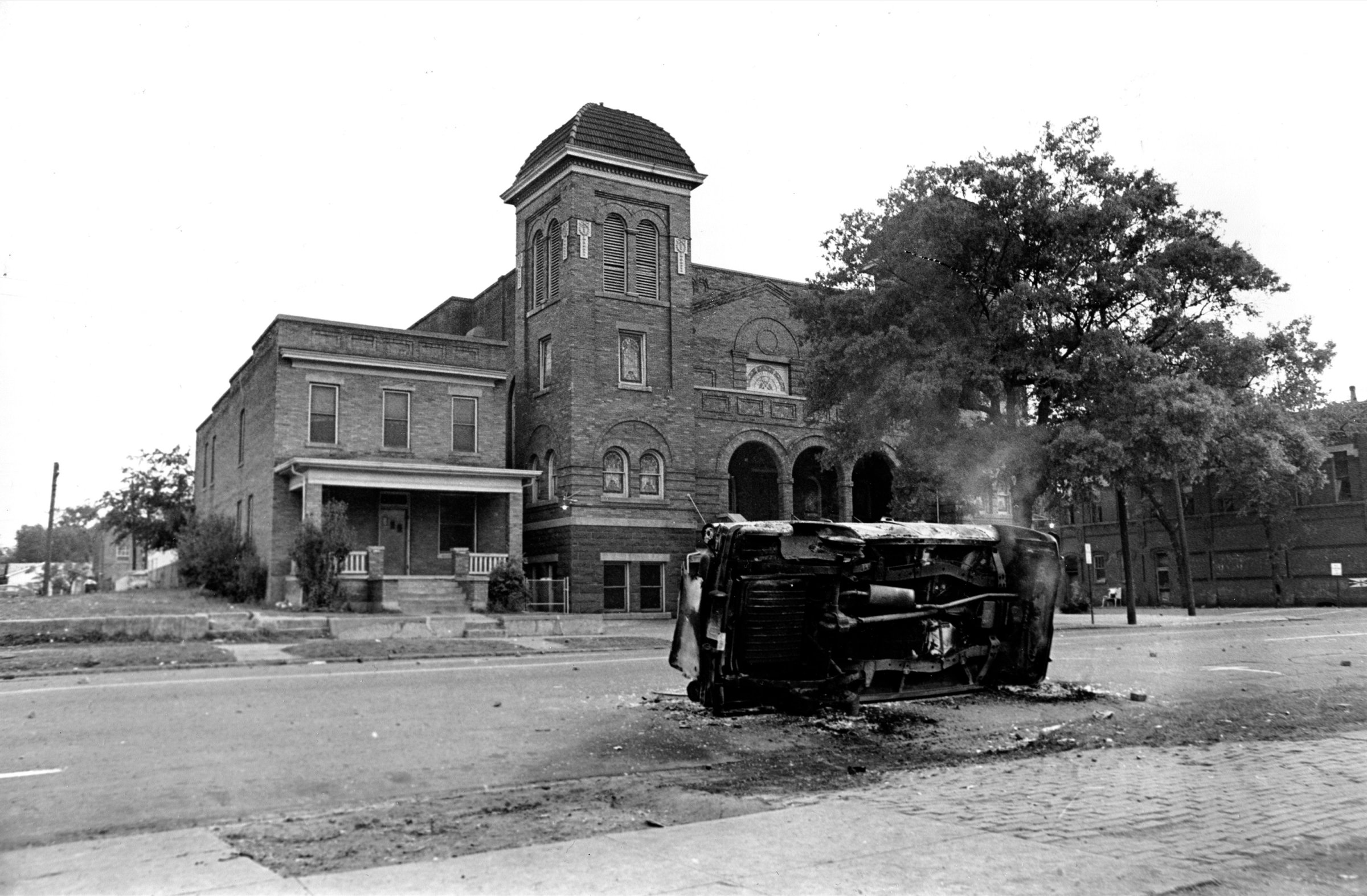
Rev. Dr. Carolyn McKinstry is the former President of the Board of Directors of the Sixteenth Street Foundation, Inc.
I am a survivor of the Sept. 15, 1963 bombing of the Sixteenth Street Baptist Church in Birmingham, Ala., where four young girls were killed. On Wednesday I spoke to a group of sojourners about how hatred is yet alive and well in our country. When we sow seeds of hatred, we have no control over the effects of that hatred on the lives of innocent people. I believe that only love can overcome hatred. Wednesday night—much to my sadness—we saw this hatred manifested once again in Charleston, S.C.
The shooting at the Emanuel AME Church and the death of nine people were frighteningly reminiscent of the bombing in 1963. The common thread of both of these events is hatred. Both churches were symbols of the continuing struggle for liberty and freedom by people of color. Both are national historic landmarks. Both have been assaulted as they attempted to move their communities to higher heights. There exists in America an ugly history of the burning, bombing, banning and belittling of black churches in America, which was especially prevalent in 1963 Birmingham. Second class citizenship is still the reality for many people of color. They encounter continual reminders of the responsibilities of citizenship, but too few opportunities to enjoy the constitutional privileges of that citizenship.
Yes, many things have changed since 1963. The tangible signs of segregation were removed. But the real question is: Have hearts changed? America continually finds itself at the intersection of the same question: Will America elect to make real the promises of democracy for all of its diverse citizenry, or will true democracy continue to be a matter of privilege for the select few? America’s silence—like the bomb that killed four little girls in Birmingham—can be heard all over the world.
Churches have always reflected great symbolism in the black communities. They are symbolic of freedom, liberty, vigilance, hope, faith and the ability to overcome obstacles. They symbolize an eternal quest. Often in an attempt to discourage, intimidate or simply destroy this fervor and energy of the people, the churches are assaulted. But many times the people are assaulted as well.
It is frightening to me that this America, which was founded and built on the principles of Christianity under the all-seeing, all-knowing eyes of God, is more concerned about the color of skin than character and honoring the commandment to love others (our neighbors) as ourselves. Why have so many Americans continued this preoccupation with skin color? As a Christian I must believe that all of the good things that the Creator wants for me, He wants for all of His creation as well. Diversity was created by God. Loving others as ourselves is a biblical imperative.
I view the event in Charleston as an act of domestic terrorism. Terrorism has for too long been a way of life for many of the black populace since their arrival in America. Black homes, businesses and churches have been routinely bombed without hesitation or fear of repercussion, and there has been a systematic use of terror, often as a means of coercion—acts that most of academia and moral consciences would define as terrorism. This continues to be a long-standing problem in America. How do we begin to individually and purposefully address this problem? The bigger question for me has been what is or is not being taught at home, in our churches and in other arenas of early learning.
We choose how we relate or interact with each person we encounter every second of every day. Most of how we relate to others is learned behavior. Babies are born as empty vessels. What the world sees later is the result of what they have been taught. Hatred is clearly learned behavior.
Each of us is accountable for ourselves. Each of us must examine our lives and our treatment of others if we are going to have even a remote chance of living with the tremendous diversity that exists in our country. We still have not learned the simple principle of living next door to someone who may be different from us. We have not learned to treat others in the same manner that we ourselves want to be treated. We can begin changing America now, and continue one day at a time, if we have the will.
It is the responsibility of each of us. Examine yourself. Treat others as you want to be treated. Keep the faith. Then pray—pray for a reconciled world.
See Charleston Come Together to Mourn Church Shooting Victims
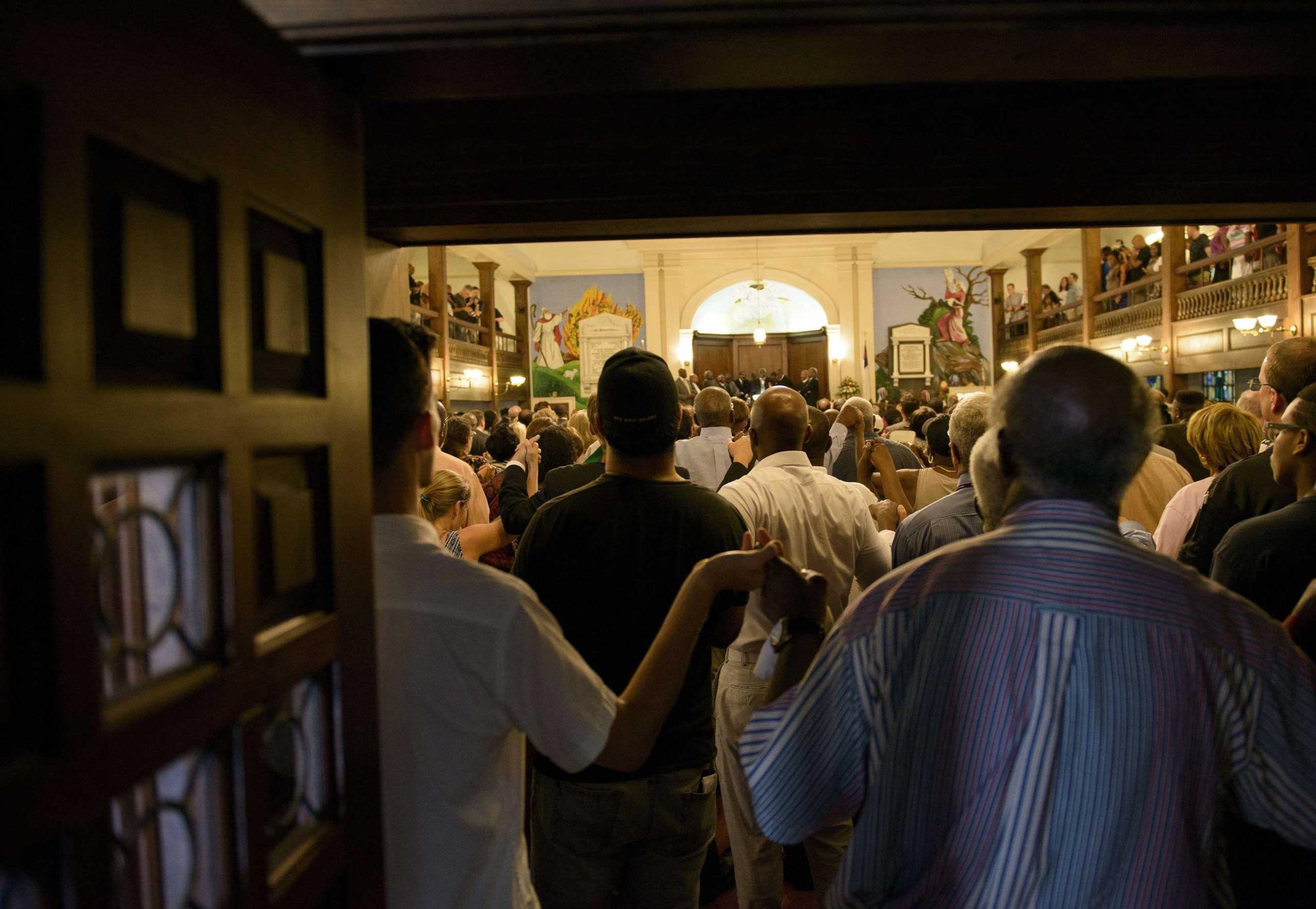
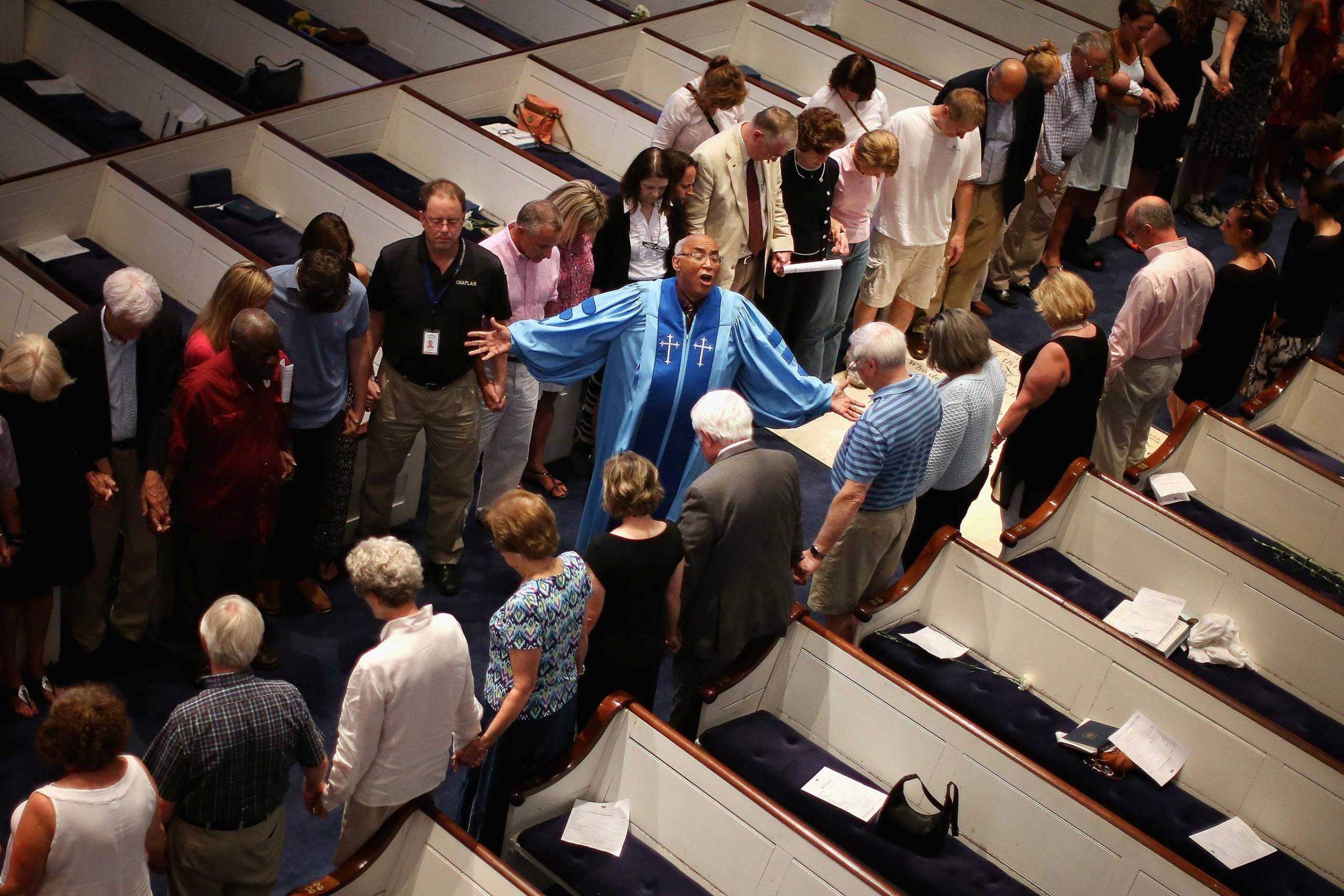


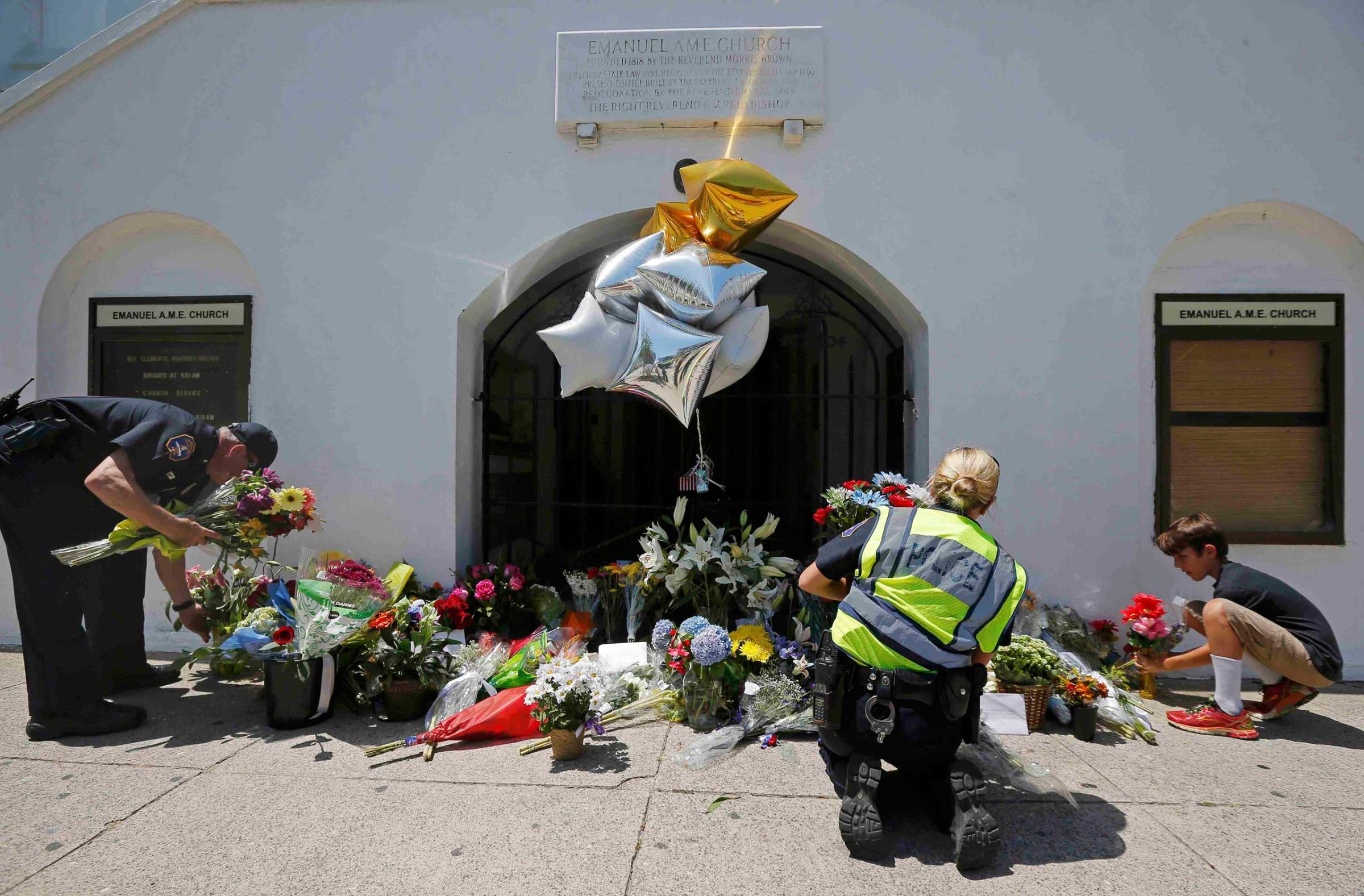




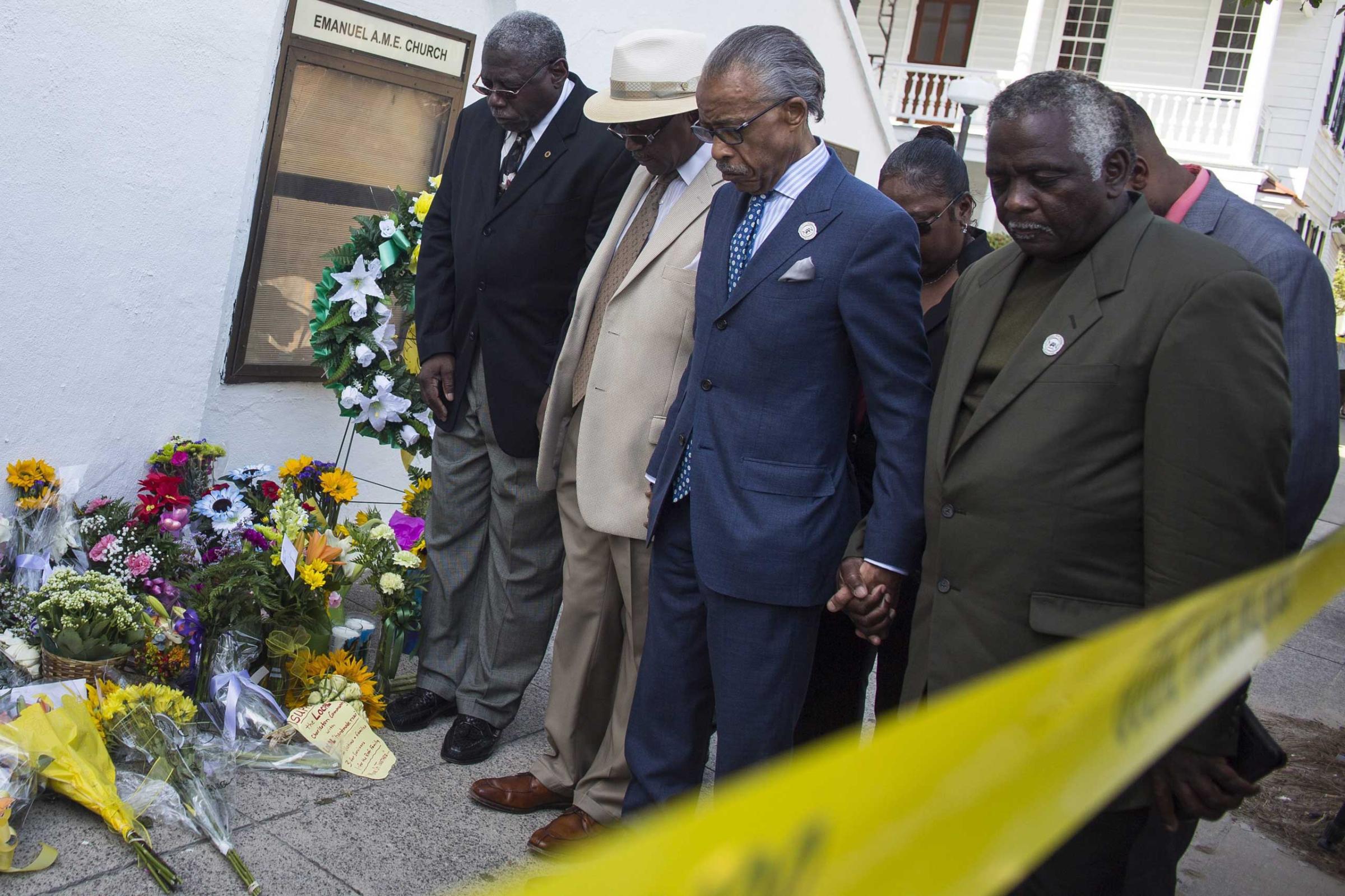

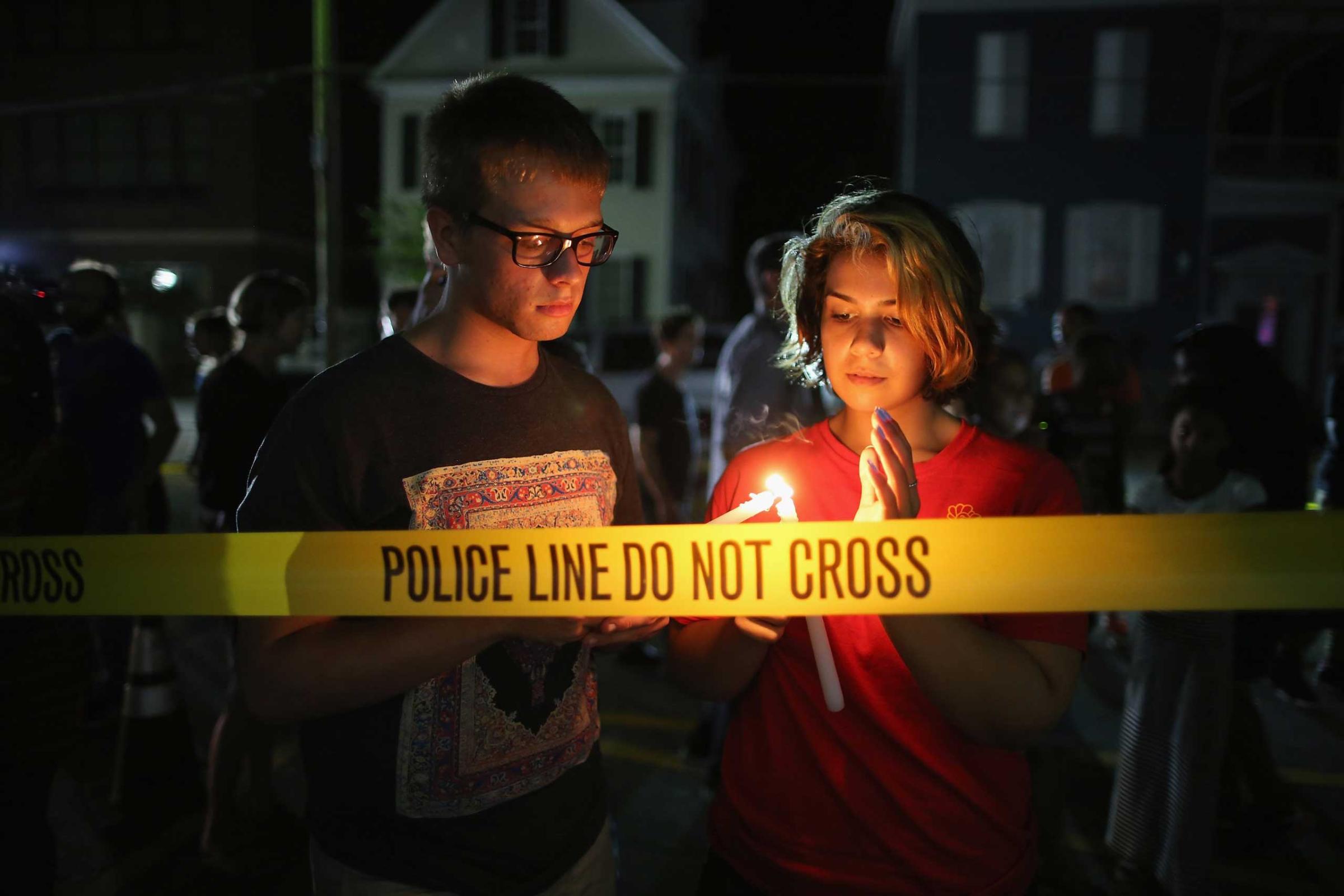
More Must-Reads from TIME
- Why Trump’s Message Worked on Latino Men
- What Trump’s Win Could Mean for Housing
- The 100 Must-Read Books of 2024
- Sleep Doctors Share the 1 Tip That’s Changed Their Lives
- Column: Let’s Bring Back Romance
- What It’s Like to Have Long COVID As a Kid
- FX’s Say Nothing Is the Must-Watch Political Thriller of 2024
- Merle Bombardieri Is Helping People Make the Baby Decision
Contact us at letters@time.com